Wall-to-ceiling cabinets
Soviet "walls" have long lost their relevance, but some people still cannot refuse such a bulky storage system. What is the disadvantage of such furniture? Massive cabinets of an unnatural dark brown color visually poison the interior, eating up almost half of the valuable space. Many people argue that the "walls" are very roomy, and therefore irreplaceable, but is it really necessary to store a huge amount of items in the house?
Psychologists have long established that by cluttering their apartment, a person is freed not only from outdated things, but also from negative thoughts, freeing up space both in his beloved home and in his head. If the budget does not allow replacing the furniture with a new one, you can simply disassemble the wall and, leaving some of the cabinets, repaint them in a lighter color. Today, the alteration of old furniture is deservedly gaining more and more popularity.
Plasterboard structures
As soon as plasterboard appeared on the construction market and became available, many designers began to demonstrate its capabilities, constructing unthinkable partitions, arches, multi-level ceilings and niches. Today the world is striving for minimalism. Modern experts no longer recommend overloading the space with drywall compositions, which have no function other than decorative. By creating such a design, a person immediately turns his new interior into an outdated one.
Wallpaper printed all over the room
A large or small pattern on the wallpaper, which is pasted over the entire room, visually overloads the interior, creating visual noise. Neither designer furniture, nor perfect order, nor thoughtful lighting save it from him. This is especially unattractive if the ornament is contrasting. Wallpaper on the entire wall area automatically makes the decor look old-fashioned. If you like active wallpapers so much, it is recommended to use them dosed: on a small section of the wall.
Curtains with an abundance of details
Another anti-trend in the interior is curtains and tulle with a huge number of folds, ruffles and ornaments. Fabric stores are interested in the client buying "luxurious" tiered curtains, or better - hiring a designer and giving a lot of money for whole compositions with lambrequins and grabs. But in typical apartments, such creations look out of place. Instead of an outdated trend, it is better to give preference to simple laconic curtains and roller blinds.
Furniture with rounded corners
Computer tables with smooth lines, radial wardrobes, kitchen sets with curved facades - this furniture became memorable as soon as it appeared on the Russian market, and is still being successfully sold.
Rounded countertops can be comfortable, but in modern interiors they look old-fashioned and attract too much attention. The use of original curved furniture is appropriate only in ultra-high-tech hi-tech, but to recreate it, you will need not only a sense of style, but also a considerable budget.
Pseudo-classic
The classical style is strict and canonical, it does not tolerate bad taste and falsehood.But in attempts to stylize their home like a palace interior, many people fail, trying to replace sophistication with a set of fakes.
The furnishings and decor in a classic style are thoughtfulness, restraint and elegance. But the large intrusive carving on chipboard furniture, gilding and shiny synthetic fabrics with outdated ornaments make the interior vulgar.
Photo printing
No matter how the manufacturers assure, photo printing on kitchen aprons, ceilings, cabinet doors and wallpaper almost always looks unaesthetic. The interior, where a significant part of the surface is reserved for the image of flowers, fruits or a city at night, looks cheap and intrusive.
Bright, banal pictures overload the situation and quickly get bored. But if the desire to decorate your home with a huge pattern is irresistible, it is recommended to choose muted colors, original images and use an accent technique in a limited space.
Note that the interior, originally tasteful, cannot be spoiled by anti-trends from the past if they are used in a small area and harmoniously resonate with the whole environment. But achieving such an effect is not easy, so abandoning the listed elements will not only benefit your home, but also save your budget.

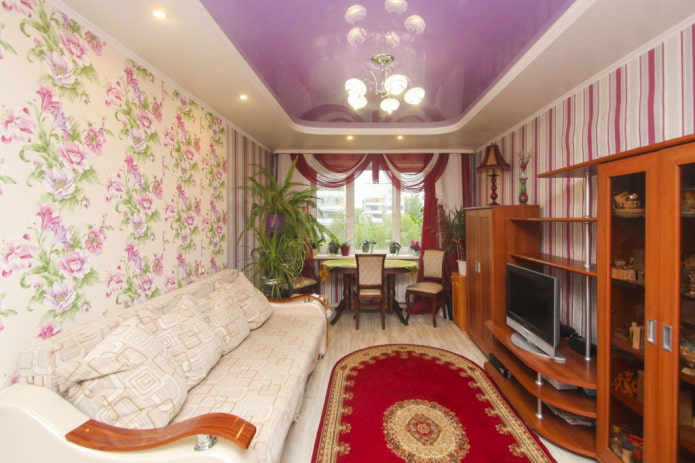
 10 practical tips for arranging a small kitchen in the country
10 practical tips for arranging a small kitchen in the country
 12 simple ideas for a small garden that will make it visually spacious
12 simple ideas for a small garden that will make it visually spacious
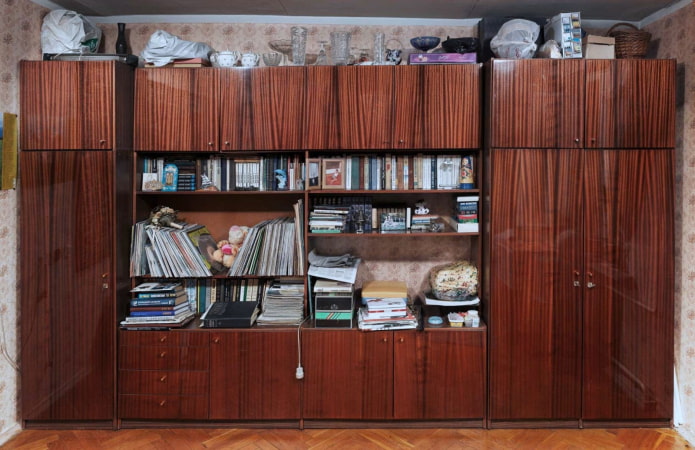
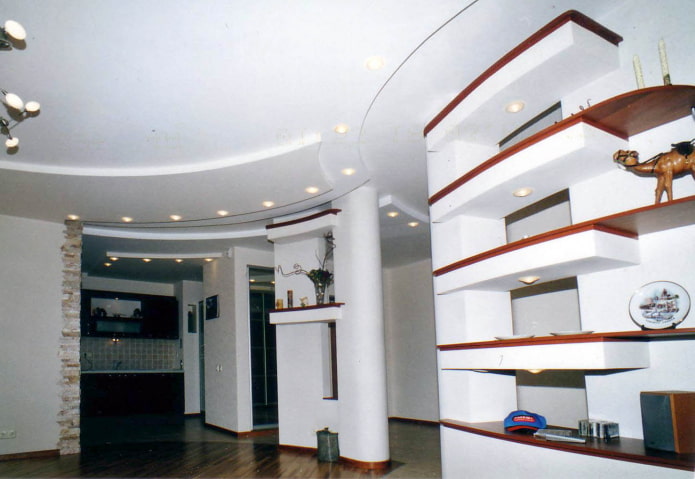
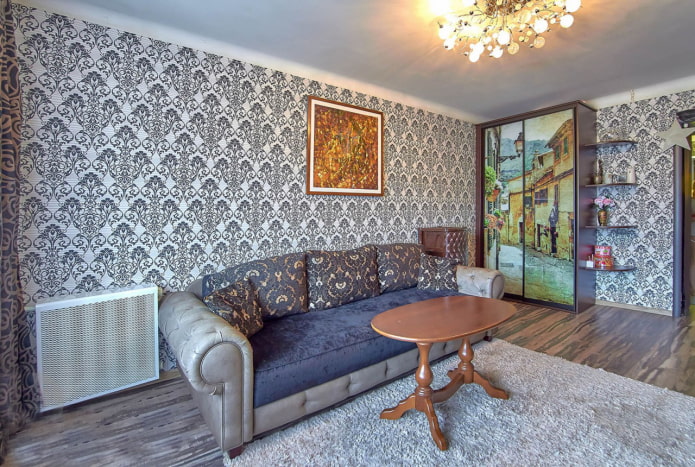
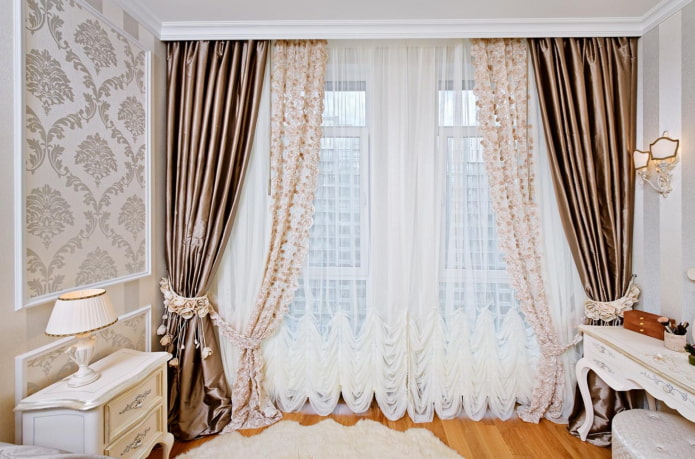
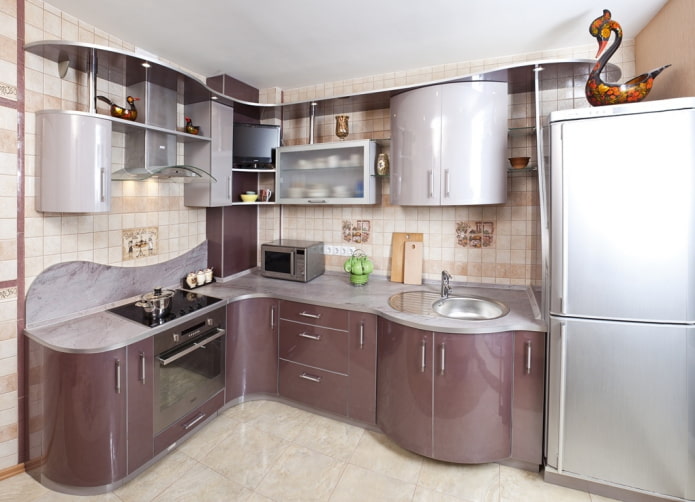
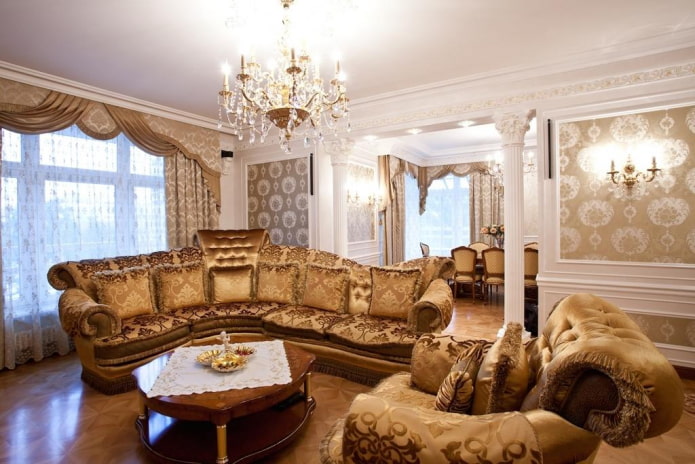
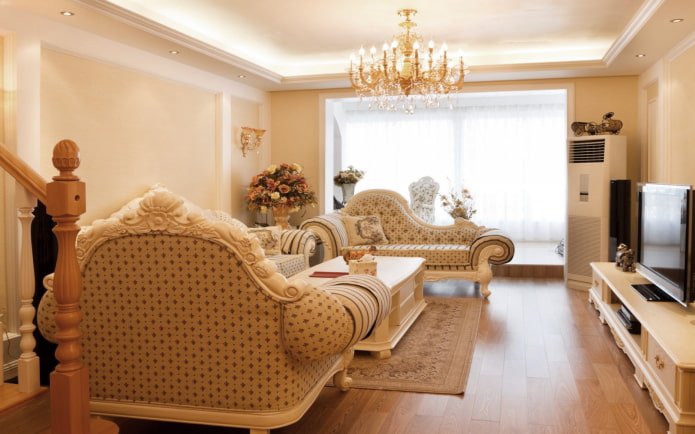
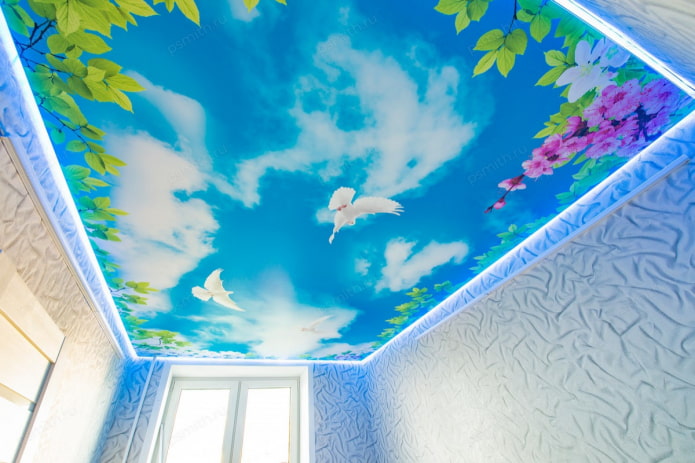

 13 bad habits a good housewife shouldn't have
13 bad habits a good housewife shouldn't have 24/7 home cleanliness - 4 secrets for the perfect housewife
24/7 home cleanliness - 4 secrets for the perfect housewife 6 hotels in Sochi that will give odds to the promoted foreign hotels
6 hotels in Sochi that will give odds to the promoted foreign hotels Top 10 interior design trends 2020
Top 10 interior design trends 2020 Rating of cheap TVs with Smart-TV
Rating of cheap TVs with Smart-TV New Year's LED garlands on AliExpress - we disassemble while it's hot, so that it's bright at home
New Year's LED garlands on AliExpress - we disassemble while it's hot, so that it's bright at home